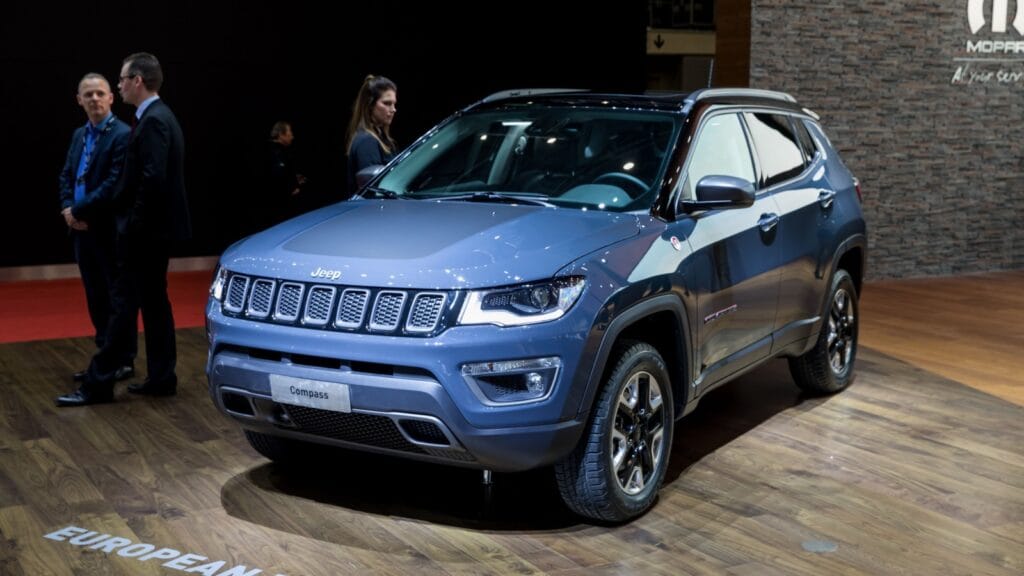Whether it was the result of overpromised features, poor reliability, uncomfortable interiors, or simply a mismatch for daily needs, a surprising number of vehicles have left their owners with buyer’s remorse. These are the models that, despite sometimes strong initial sales or brand loyalty, have led drivers to wish for a return policy. Here are 22 vehicles that Canadian buyers wish they could return.
Jeep Compass
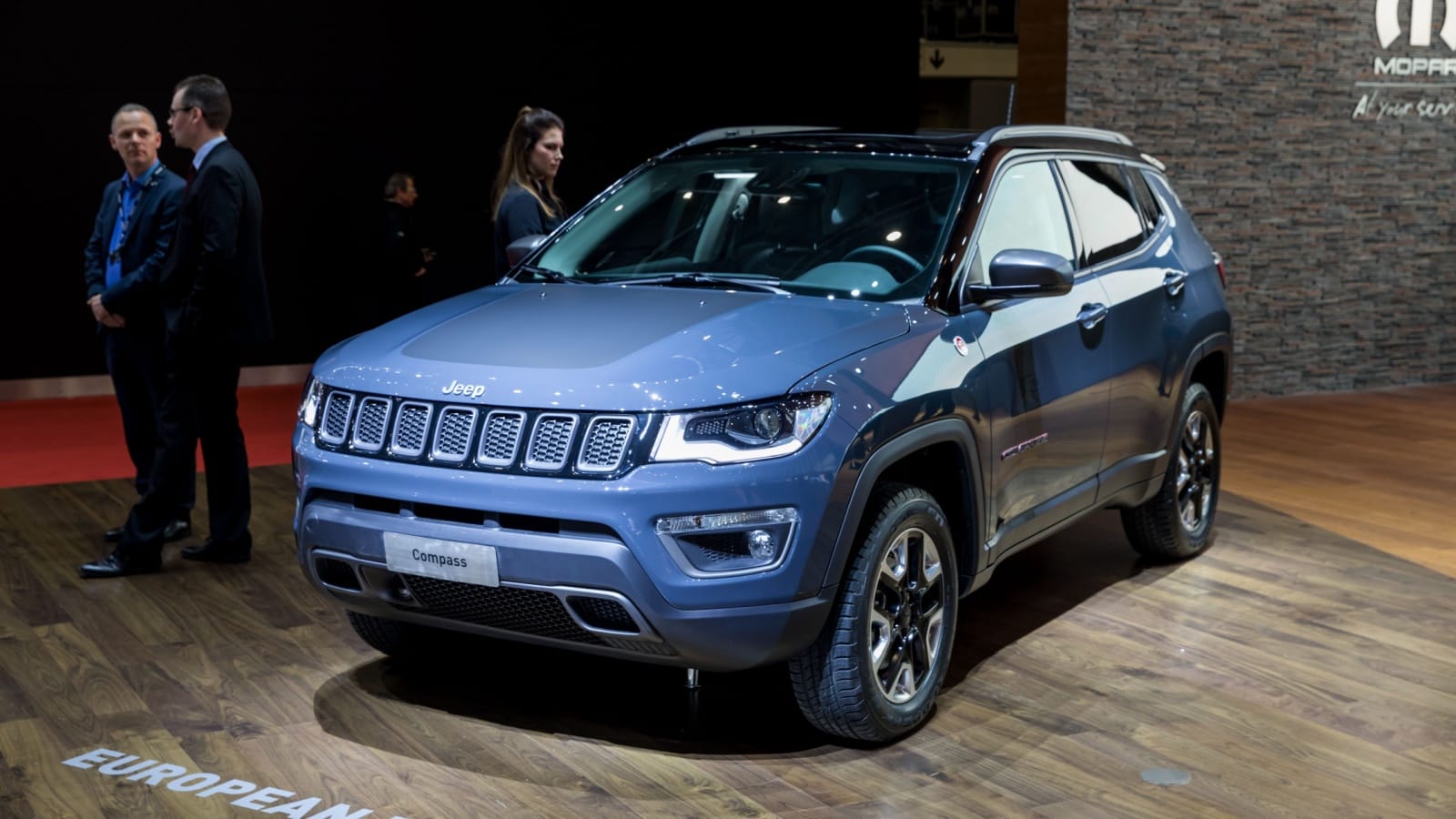
The Compass looks like a rugged, go-anywhere SUV, but its performance doesn’t quite live up to the image. Many owners have been disappointed with its lackluster acceleration and underwhelming interior quality. Transmission issues have also been reported, particularly in older models, making the driving experience less than smooth. The ride is noisy, and the fuel economy isn’t impressive for its class. And, despite being a popular entry-level SUV, the long-term satisfaction rates are below average. As buyers become more aware of competitors offering better refinement and reliability, many regret choosing the Compass in the first place.
Chevrolet Trax
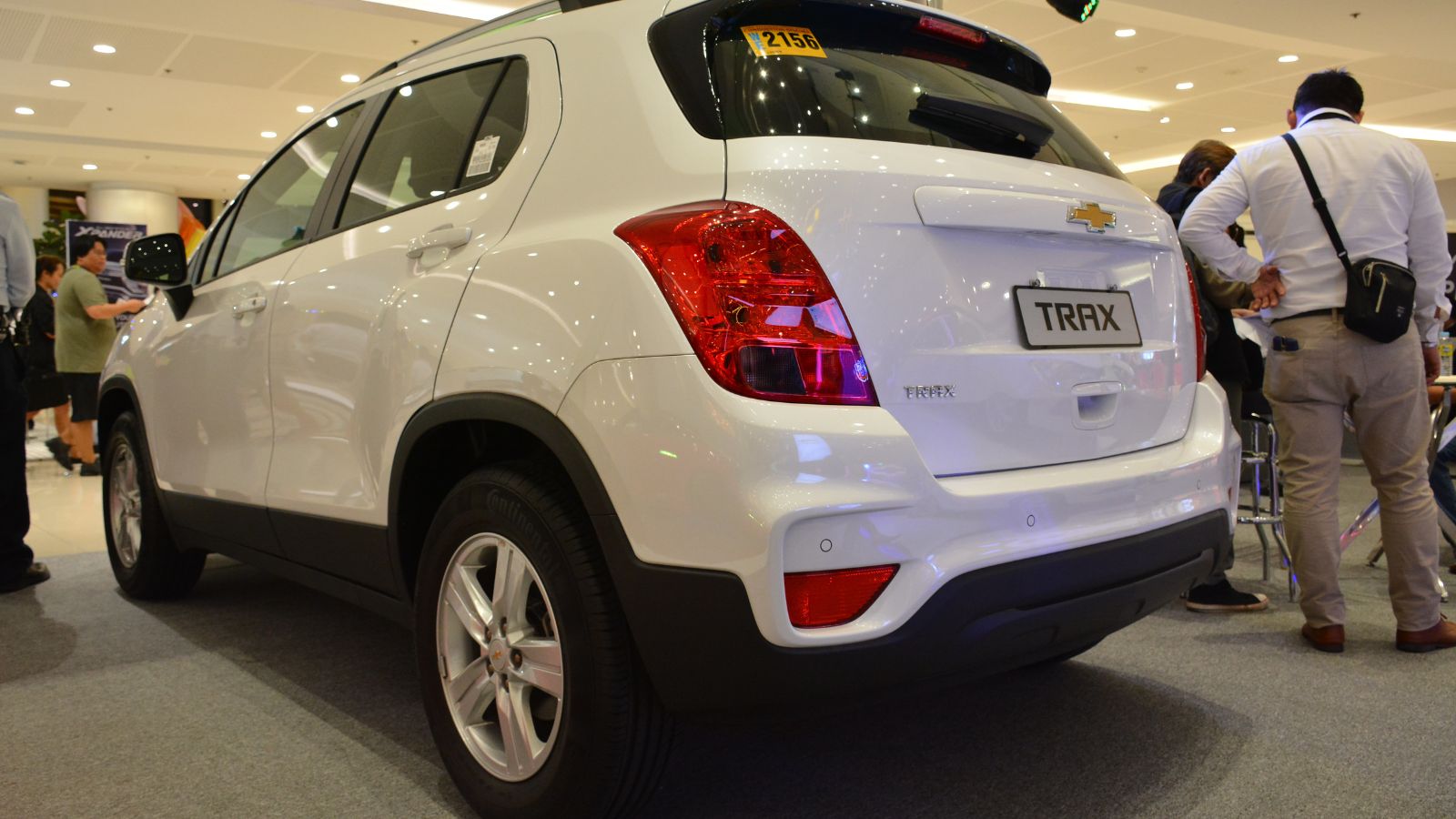
The Trax promised affordability and compact versatility, but it delivers a cramped interior, subpar handling, and limited comfort on longer trips. The turbocharged engine is neither powerful nor fuel-efficient enough to justify the trade-offs. Its aging design hasn’t kept up with rivals in terms of tech or safety features. Owners often cite disappointing resale value and an uninspired driving experience. While some appreciated the low starting price, the compromises in quality and overall refinement make it a vehicle many drivers quickly grew tired of owning.
Mitsubishi Mirage
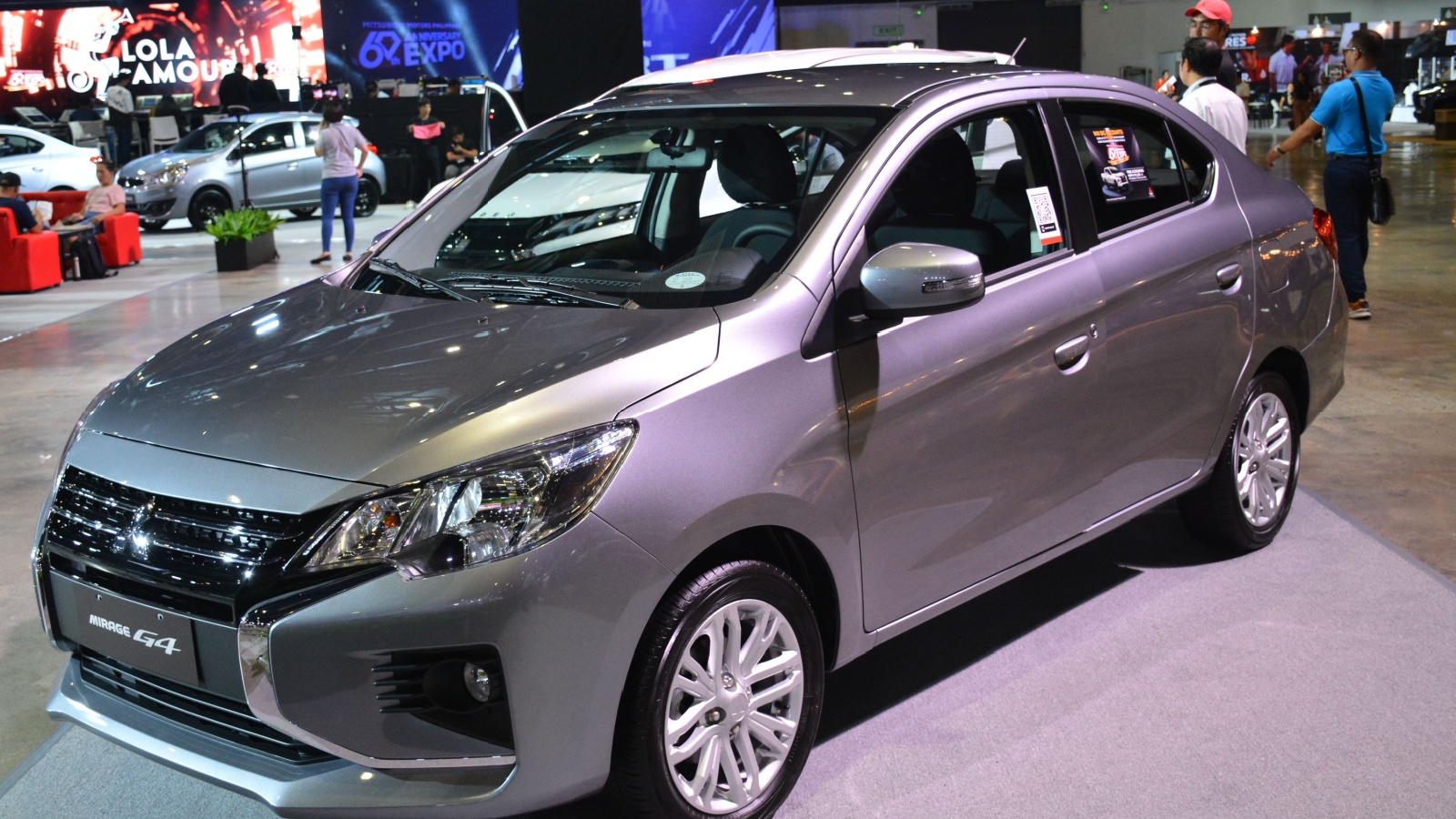
On paper, the Mirage is a budget-friendly commuter with low operating costs. In practice, it’s one of the most underpowered cars on the market. The interior feels extremely basic, road noise is excessive, and the CVT adds to the frustration with sluggish response. Safety scores are mediocre, and highway driving becomes a test of patience. The Mirage’s affordability is often overshadowed by the realization that better alternatives exist, even at a slightly higher cost. Owners have frequently voiced regret over the car’s lack of comfort, performance, and features.
Ford EcoSport
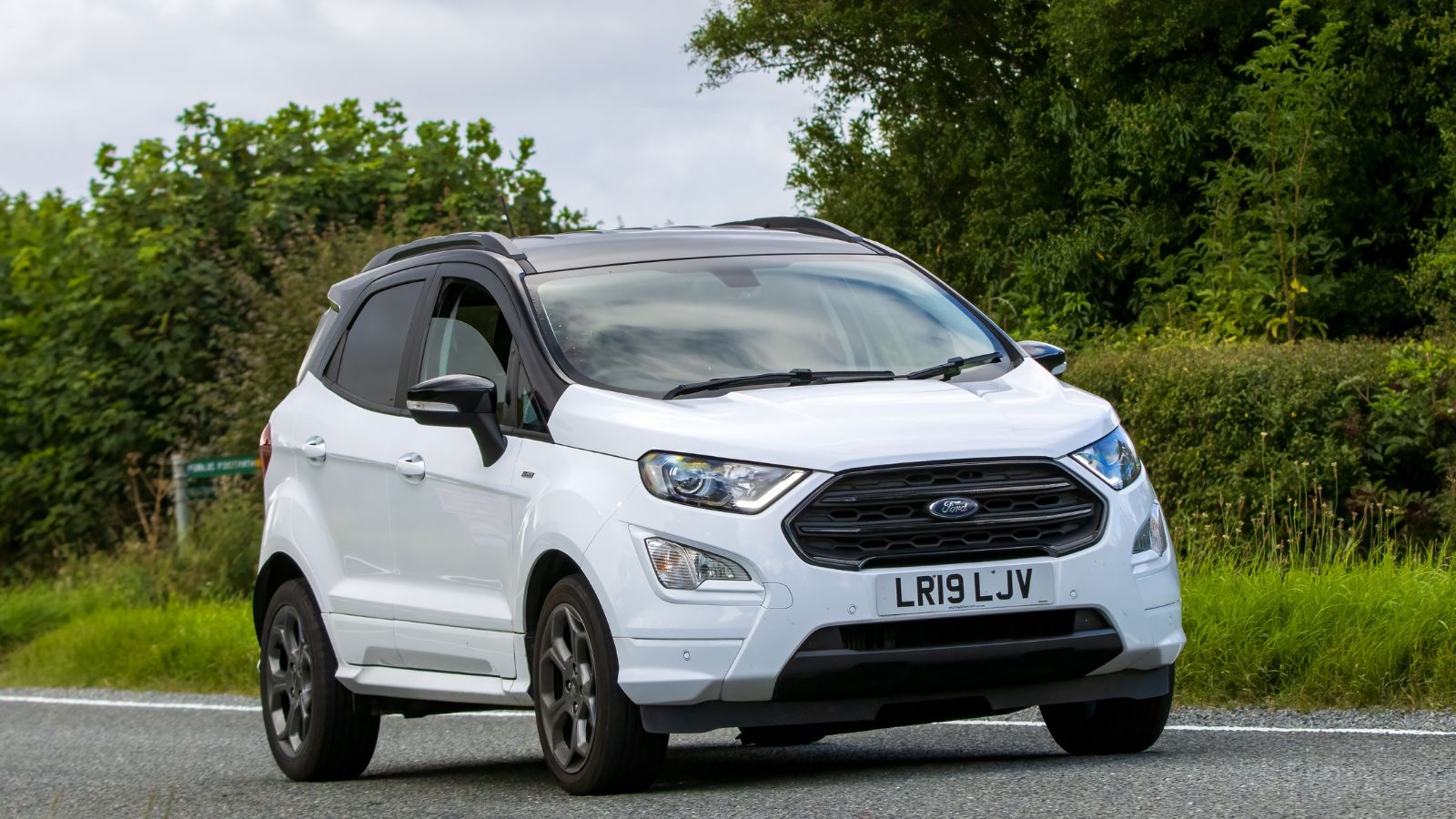
Despite the “eco” in its name, this subcompact SUV doesn’t shine in fuel efficiency or environmental friendliness. The rear swing gate is awkward, especially in tight urban parking spots, and the cargo space is limited compared to rivals. The engine options underperform, and the ride can feel rough and jittery. Build quality concerns have surfaced, particularly with rattling noises and poor material finishes inside. What started as an appealing small SUV for urban living often turned into an ownership experience marked by frustration.
Nissan Sentra (older models)
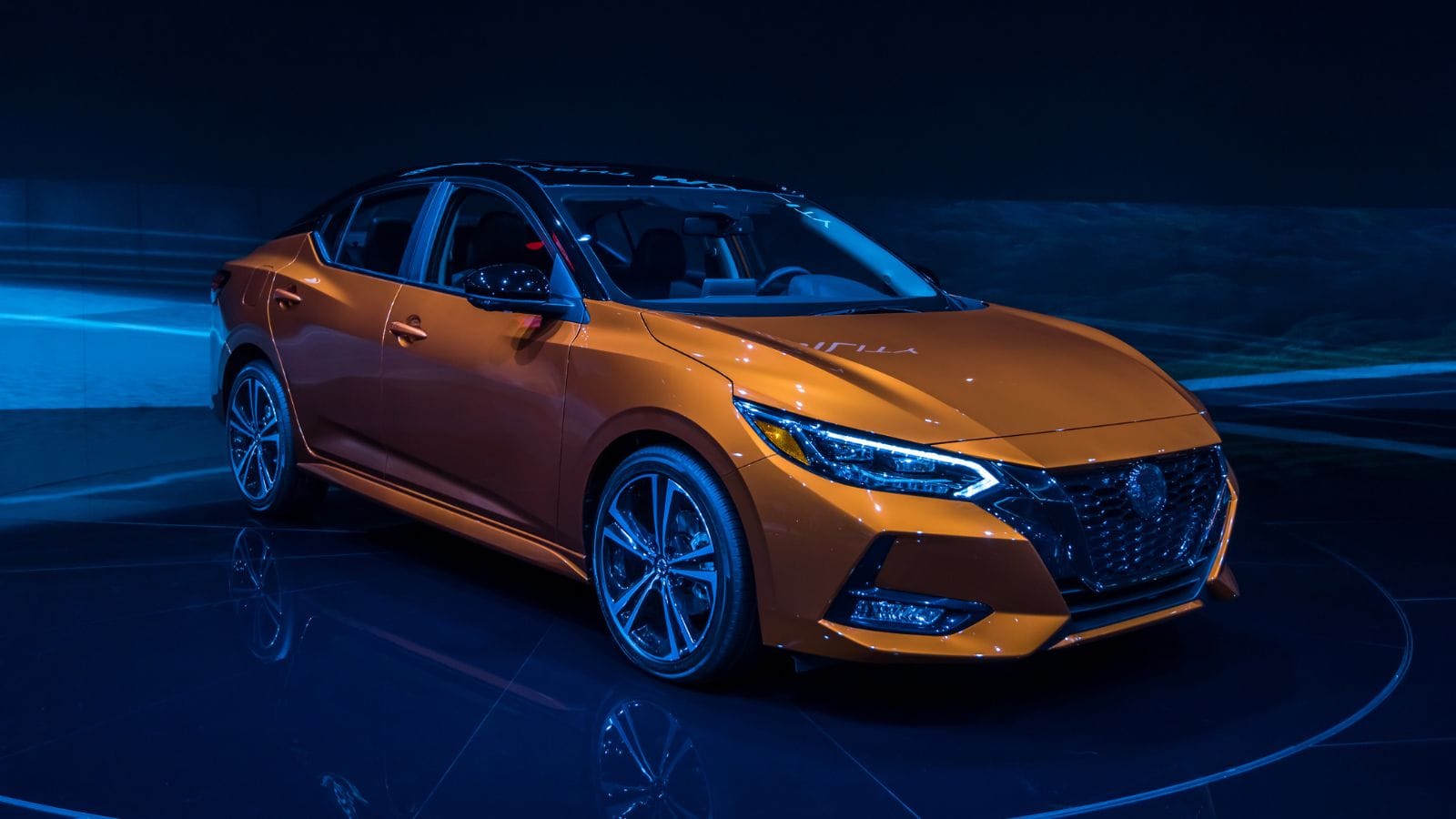
While the latest generation has made strides, earlier models of the Sentra left many drivers unsatisfied. Issues ranged from CVT reliability problems to a dated interior and unrefined ride. The driving dynamics were dull, and the infotainment systems lagged behind competitors. Reliability concerns meant frequent visits to service centres, negating the appeal of its lower price. Many owners expected more longevity and quality from a brand with a strong track record, only to be let down by this sedan’s subpar execution.
Dodge Journey
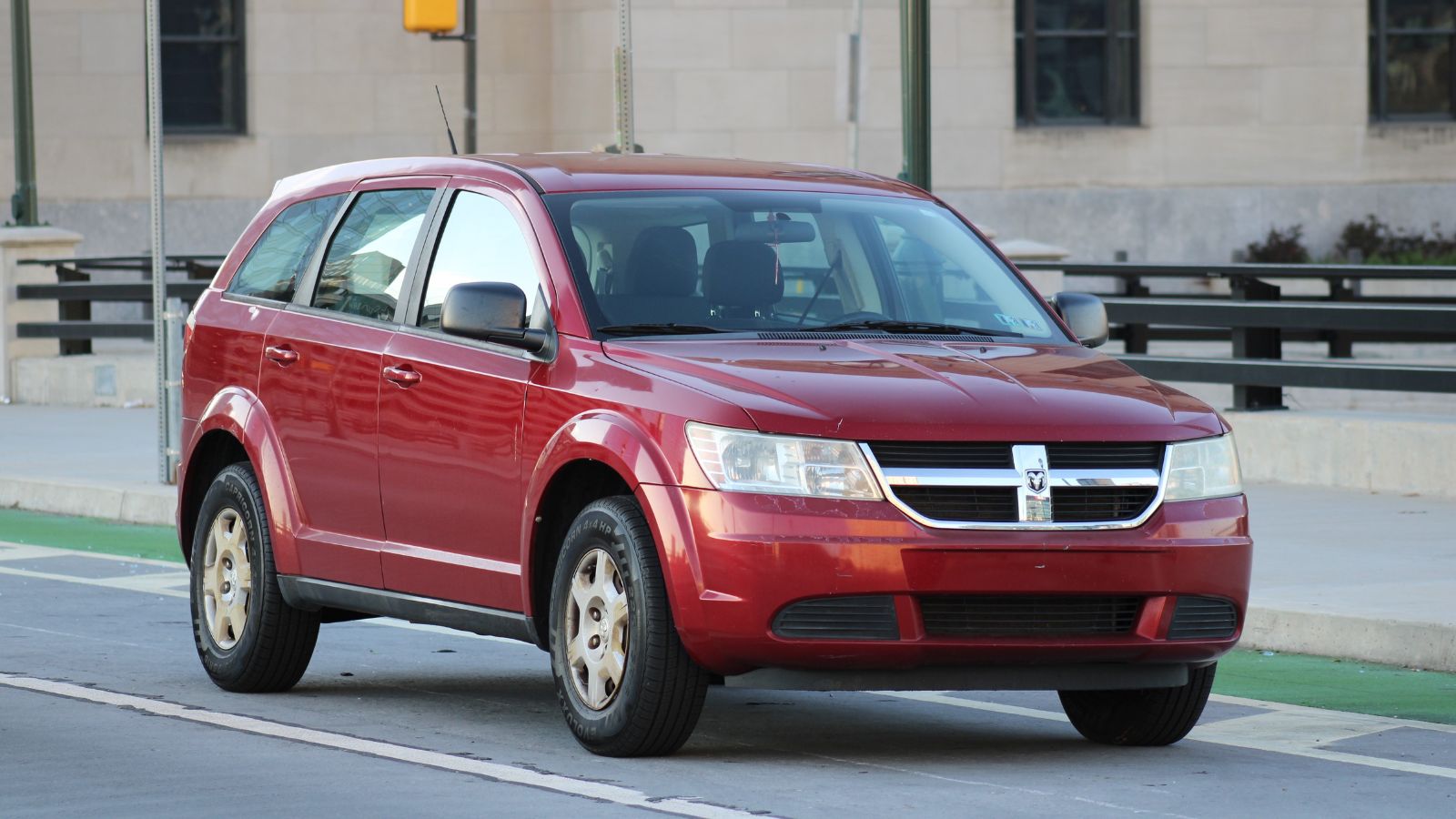
The Journey held onto life in the market long past its prime. Its outdated design, sluggish engine options, and cheap-feeling interior led to growing discontent among buyers. Though it offered three-row seating at a low price point, the trade-off was poor handling, bad fuel economy, and substandard safety features. The tech inside felt antiquated, even by budget vehicle standards. Owners often found themselves wishing they had gone for a more modern and efficient option. It’s a classic case of initial value turning into long-term frustration.
Fiat 500L
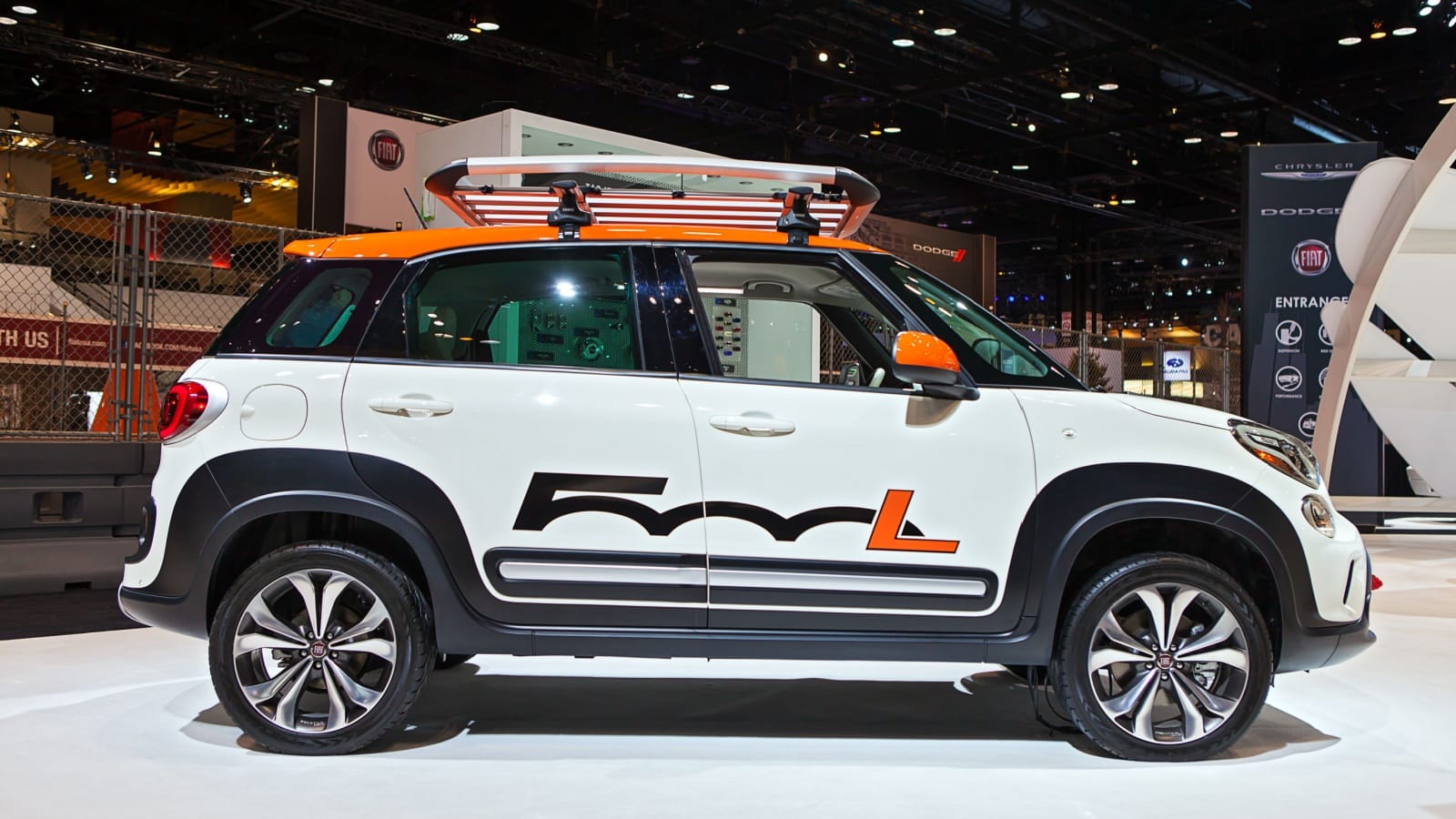
The 500L attempted to bring Italian charm to a family-friendly format but failed to deliver on practicality and reliability. Its quirky styling wasn’t enough to make up for the awkward driving position and confusing dashboard layout. The turbocharged engine had mixed reviews, and the vehicle suffered from frequent electronic issues. Interior quality was inconsistent, and the resale value dropped quickly. Many buyers liked the idea of a European-inspired compact car but soon regretted the actual ownership experience, citing frequent problems and dealership dissatisfaction.
Chrysler 200
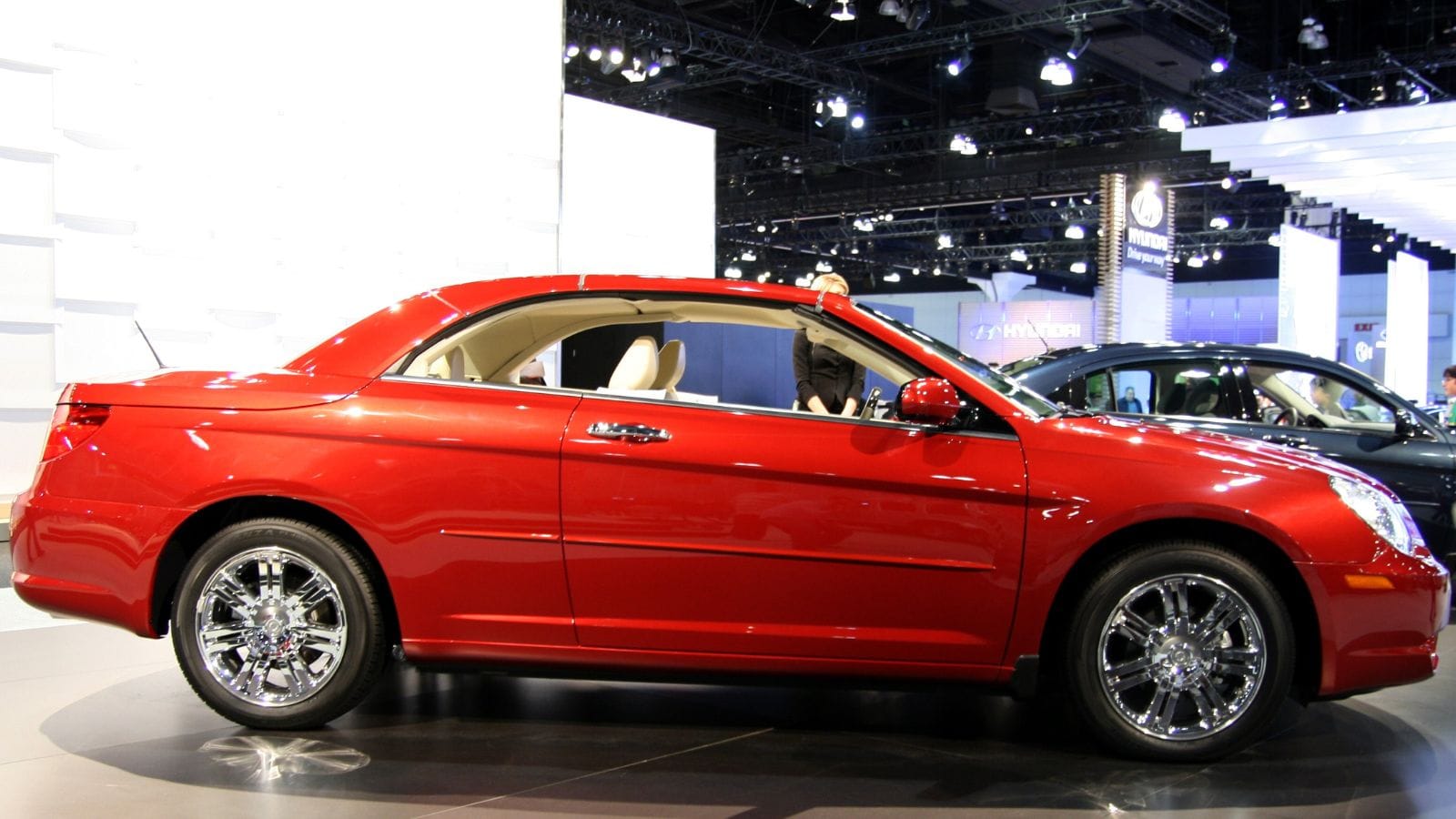
Although it featured sleek looks and available all-wheel drive, the Chrysler 200 didn’t live up to expectations. The cramped rear seat and confusing infotainment layout frustrated families and commuters alike. Engine performance was erratic, especially with the base four-cylinder, and transmission reliability raised red flags. Despite aggressive marketing, the car’s underwhelming ride and build quality disappointed many. It was eventually discontinued, which further hurt resale value. Many buyers found themselves stuck with a vehicle that failed to meet its promises in both comfort and reliability.
Toyota C-HR
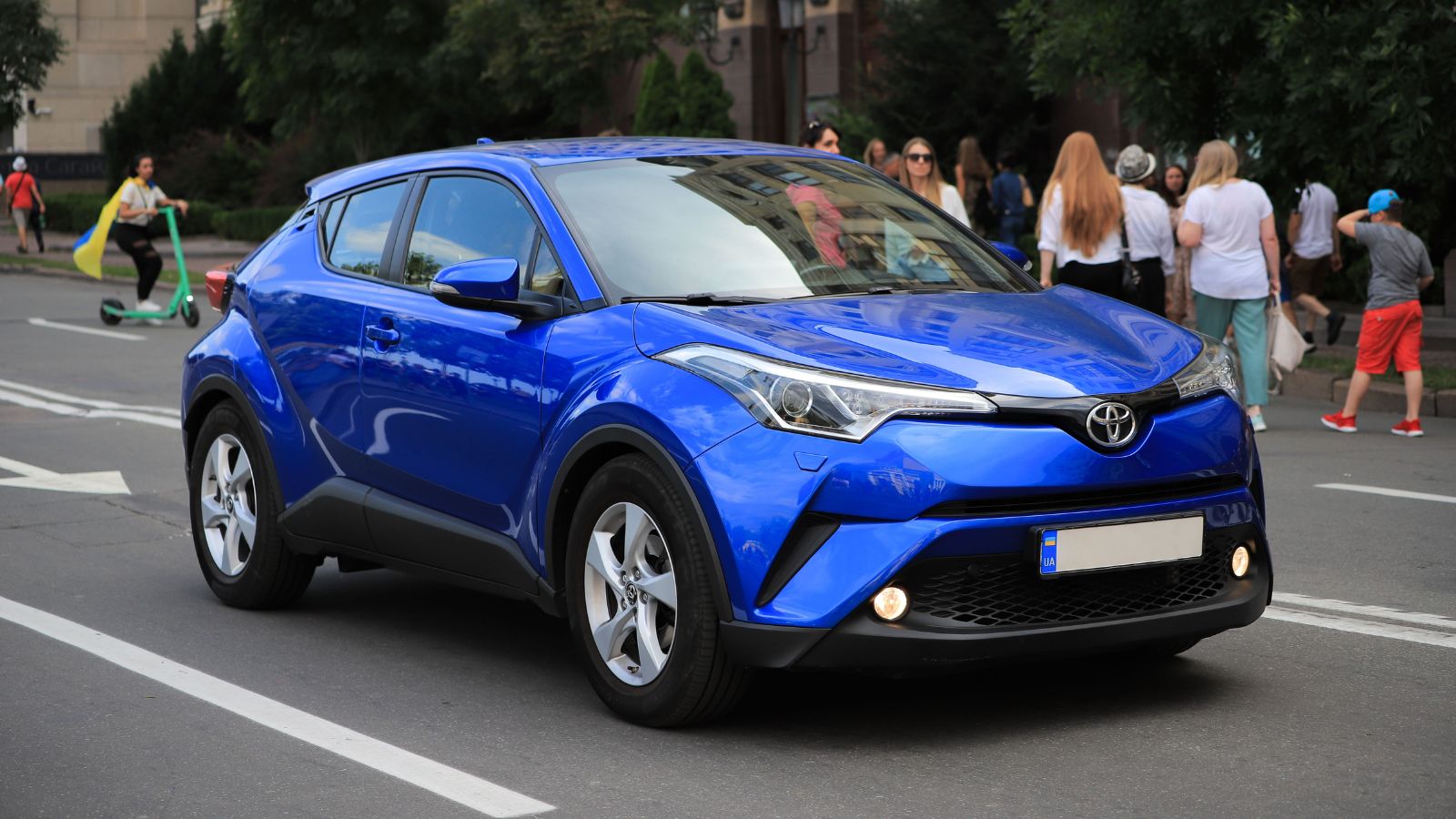
This subcompact crossover stands out with sharp styling, but the driving experience doesn’t match the flair. It lacks all-wheel drive, which is a sore point in snowy regions, and the engine feels sluggish. The coupe-like roofline compromises rear visibility and headroom. Tech features are average, and the overall practicality is limited. Owners have found it to be more style over substance, especially for the price. Expectations were high for a Toyota, but the C-HR hasn’t met the benchmark many have come to associate with the brand.
Buick Encore
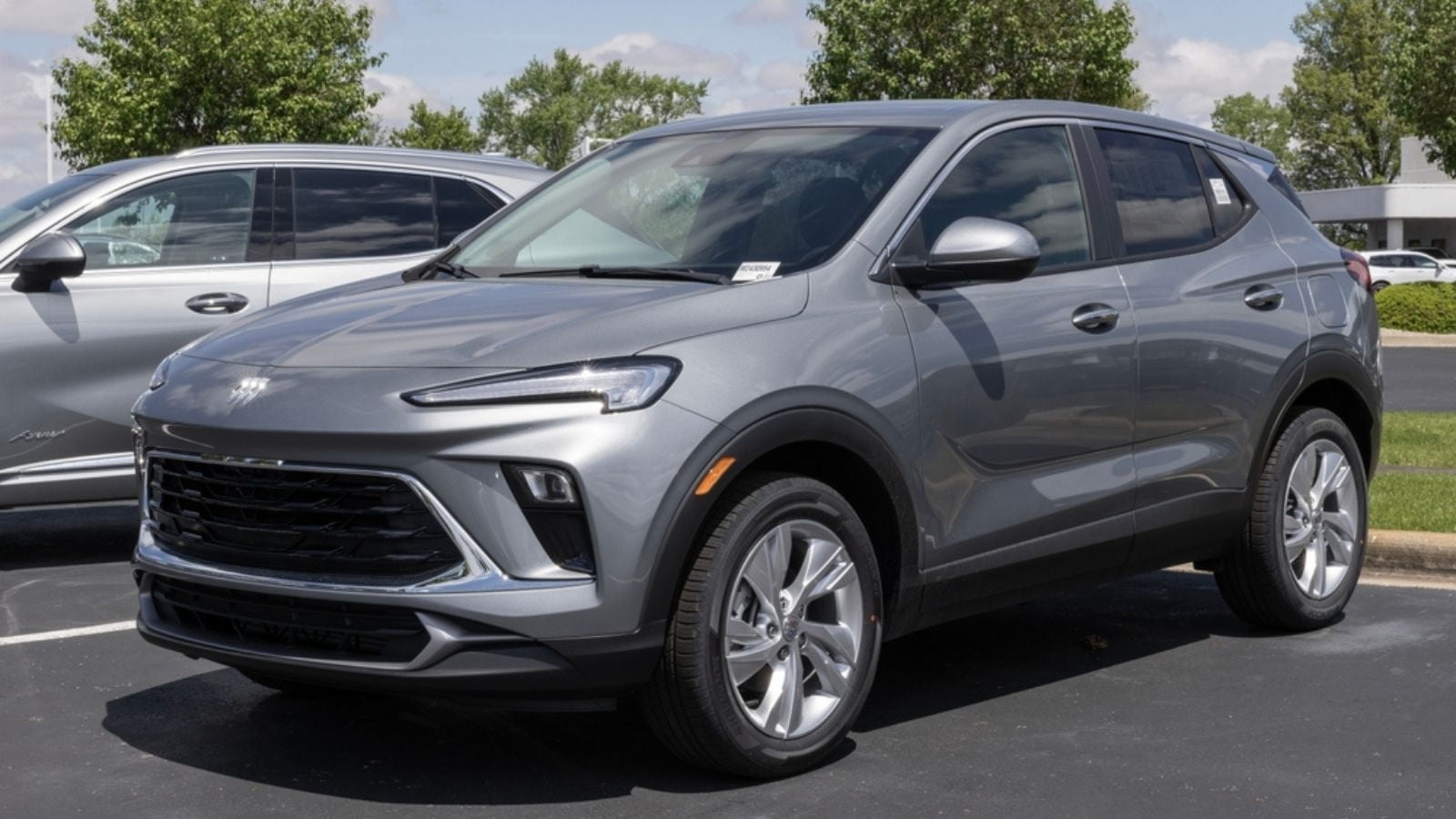
The Encore aimed to offer entry-level luxury in a compact format, but the final result left much to be desired. The cabin, while quiet, was tight and not very versatile. Acceleration from the turbocharged engine felt lacking, and the infotainment interface could be glitchy. Long-term reliability scores were weak, and the high price tag didn’t match the value drivers received. It had the promise of a premium experience but underdelivered in several areas that matter most to drivers.
Chevrolet Malibu (recent models)

The Malibu saw a design refresh, but even with the changes, the vehicle struggled to compete in a shrinking sedan market. The rear-seat space was limited compared to rivals, and material quality didn’t reflect the price. Owners noted concerns with the CVT transmission and found the base engine underwhelming. Connectivity features also lacked polish, often glitching or lagging. While once a staple in family garages, the modern Malibu hasn’t lived up to past reputations, leaving many recent buyers underwhelmed and wishing for a redo.
Kia Forte (entry trims)
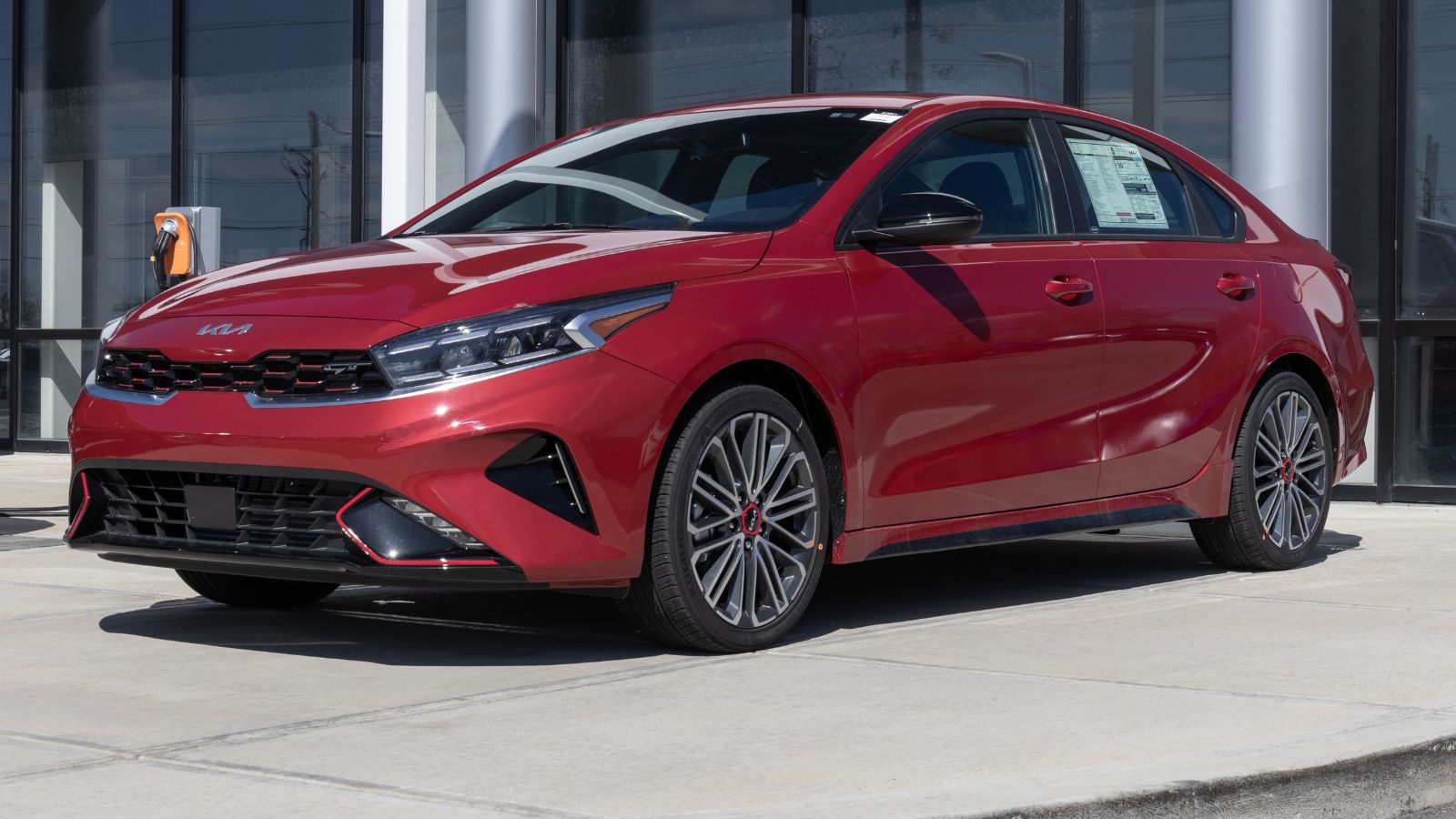
While higher trims of the Forte offer decent value, the base models often disappoint. The ride quality isn’t refined, road noise seeps in, and interior plastics feel cheap. Drivers have also reported issues with the infotainment screen and basic safety features not functioning consistently. The engine does fine around town but struggles with hills and passing. It’s a car that makes sense on paper due to its price, but many who choose the lower trims end up regretting not spending a bit more for something better equipped and more pleasant to drive.
Subaru Ascent
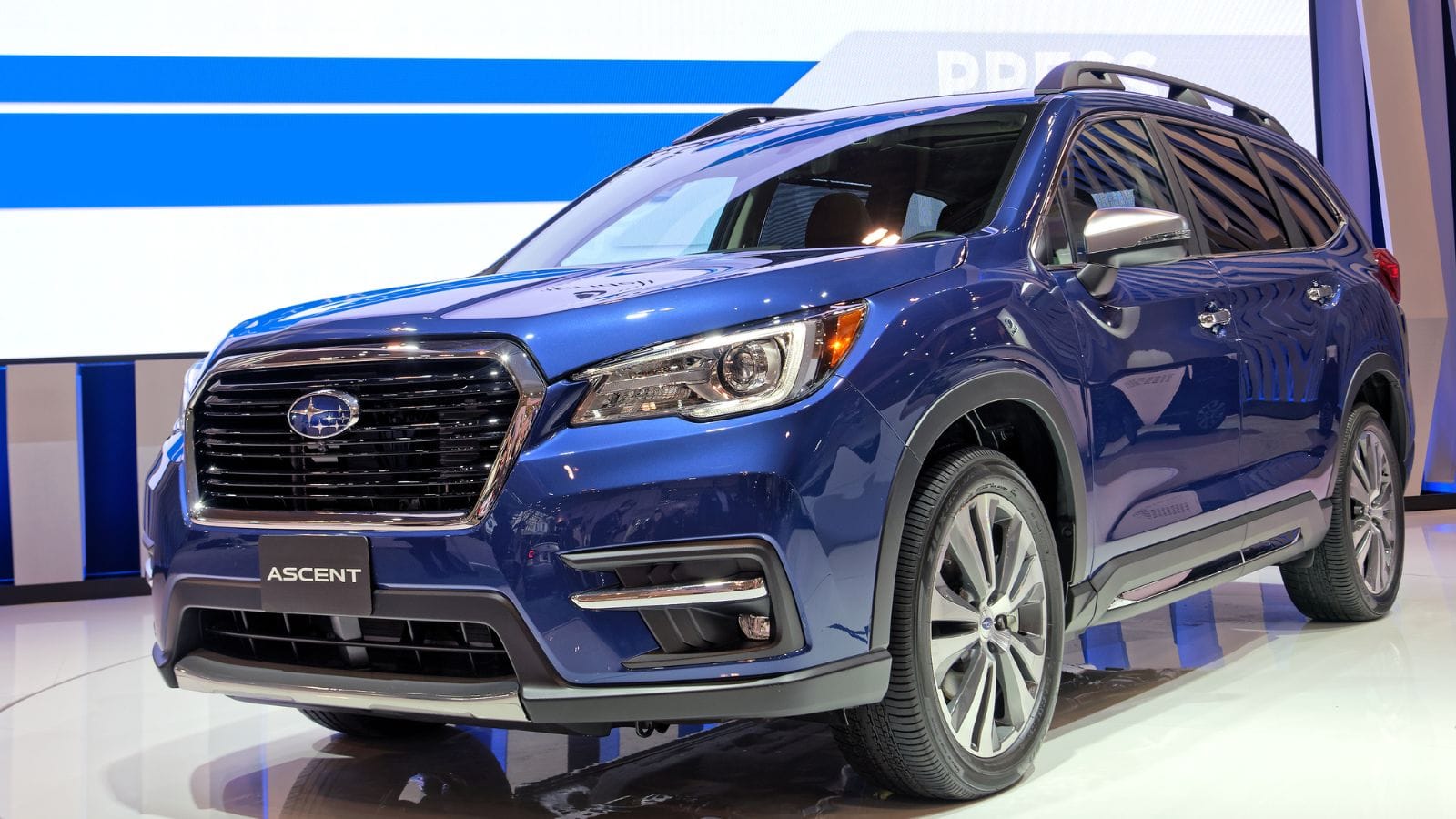
The Ascent launched with big expectations, but some owners have found it less than perfect. Issues include jerky acceleration, excessive oil consumption, and electronic glitches. The third row is cramped, and fuel economy for the size is disappointing. Some have also experienced build quality issues, like rattling trim or fading upholstery. While the brand has a loyal following, the Ascent hasn’t matched the reliability or refinement of smaller Subaru models. Buyers hoping for an ideal family hauler often end up looking elsewhere for long-term satisfaction.
Nissan Kicks

The Kicks sells as a small, affordable crossover, but performance is a common complaint. The non-turbocharged engine struggles during highway merging, and the ride feels light and jittery. Rear drum brakes on some trims add to the outdated feel, and tech features, while present, don’t operate smoothly. The interior, though stylish at first glance, lacks depth in quality. Many owners cite disappointment with its lack of pep and find the driving experience uninspiring. It’s a vehicle that looked appealing on a showroom floor but hasn’t held up to daily demands.
Hyundai Elantra (base trims)
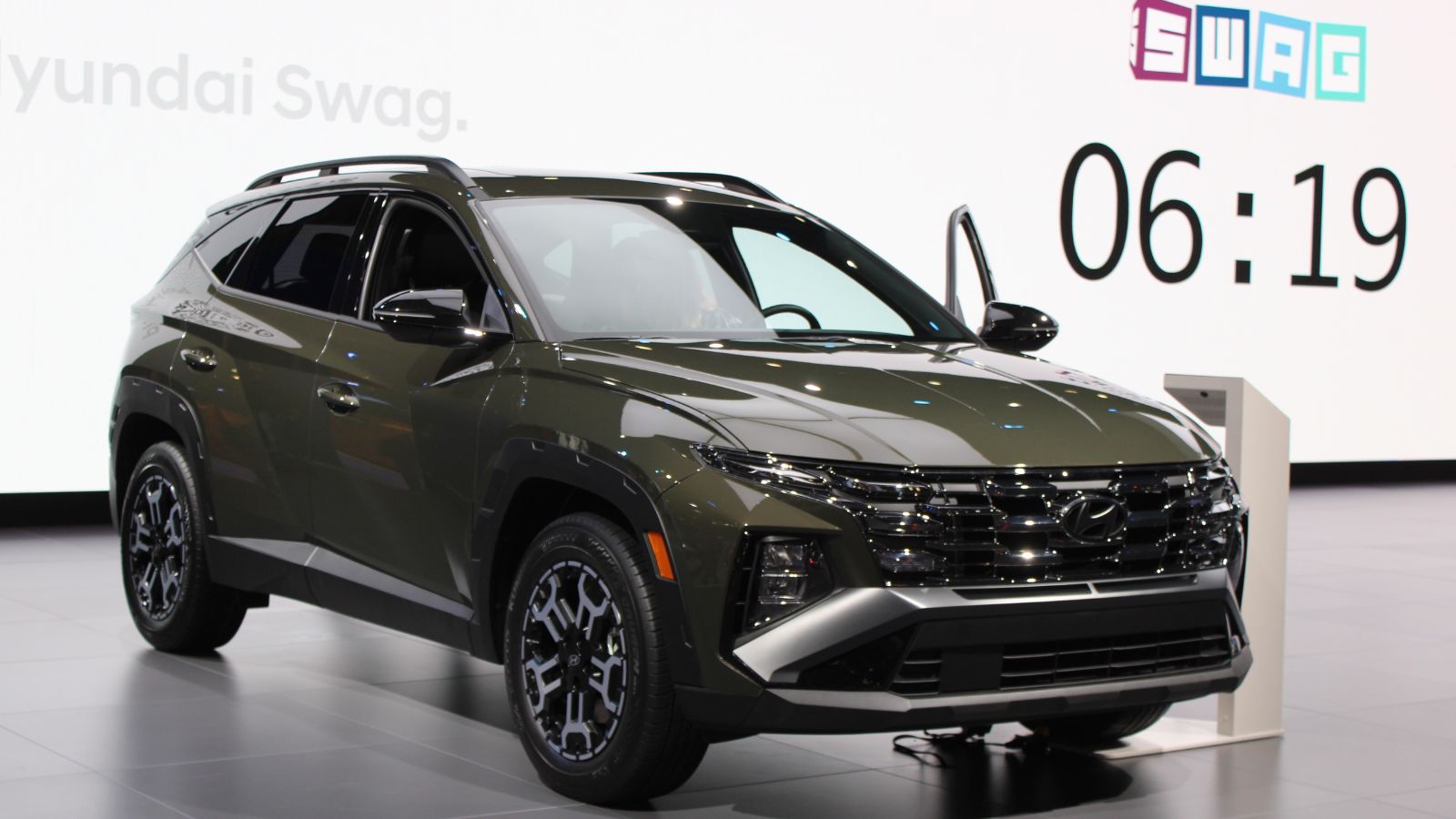
Though newer Elantras are packed with technology, the lower trims leave much to be desired. The base engine lacks excitement, and the CVT doesn’t help matters. Interior materials feel cost-cutting, and the ride becomes harsh over uneven roads. Entry versions lack several comfort and safety features, making them feel outdated despite being new. For those who prioritized price, the Elantra seemed like a smart buy initially. However, over time, the compromises in comfort, refinement, and performance have led many to reconsider their decision.
Toyota Yaris (sedan)
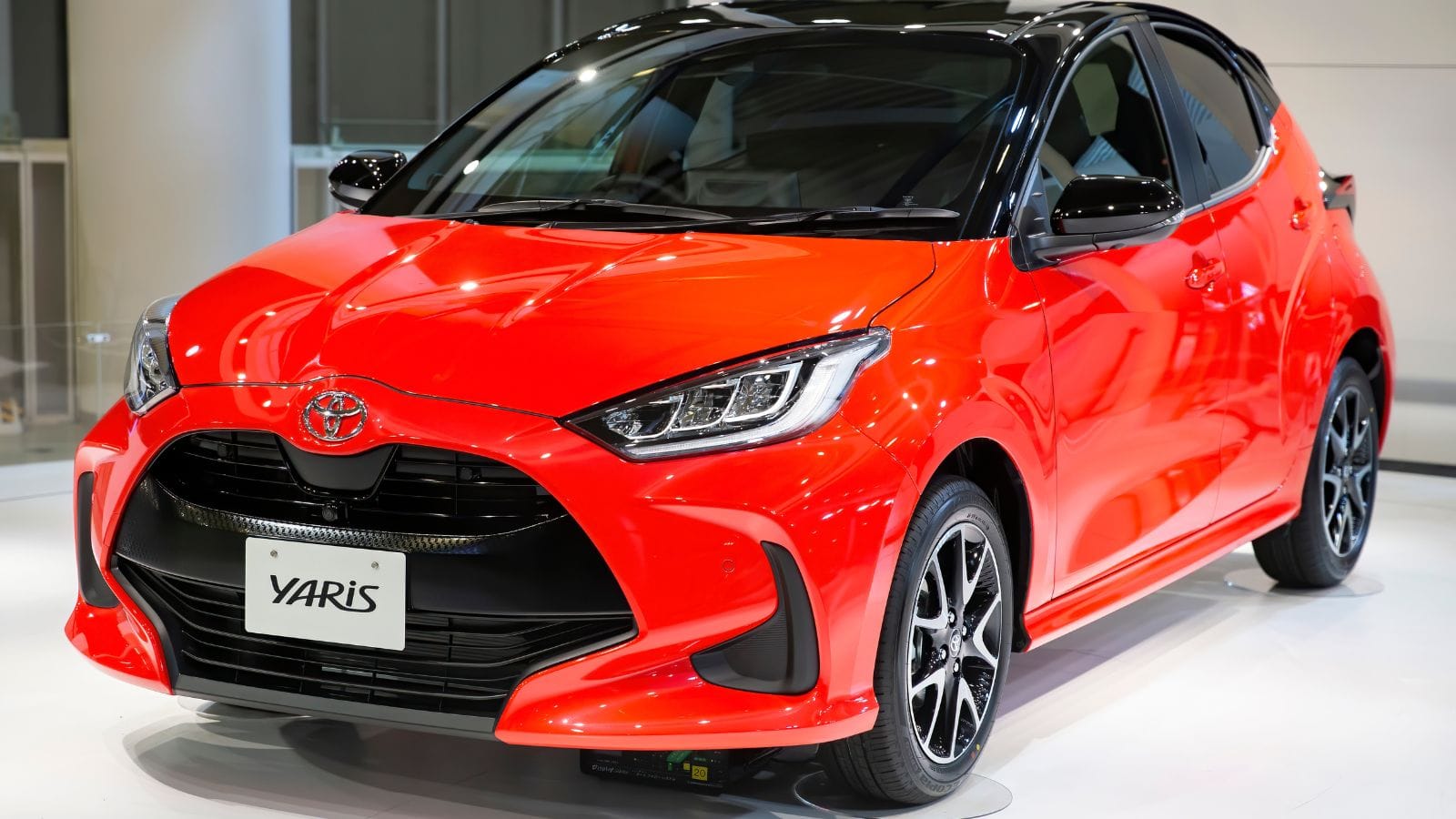
The Yaris sedan, built in partnership with Mazda, aimed to provide a compact, reliable daily driver. But the sedan version didn’t win over buyers the way the hatchback once did. The rear seat is tight, and trunk space is limited. Acceleration is modest at best, and the suspension can feel stiff. Despite solid build quality, the overall experience doesn’t feel distinctly Toyota. Many buyers were hoping for a better-rounded city car but found the sedan version uninspiring and lacking the playful nature that made earlier Yaris models a hit.
Volkswagen Jetta (base models)
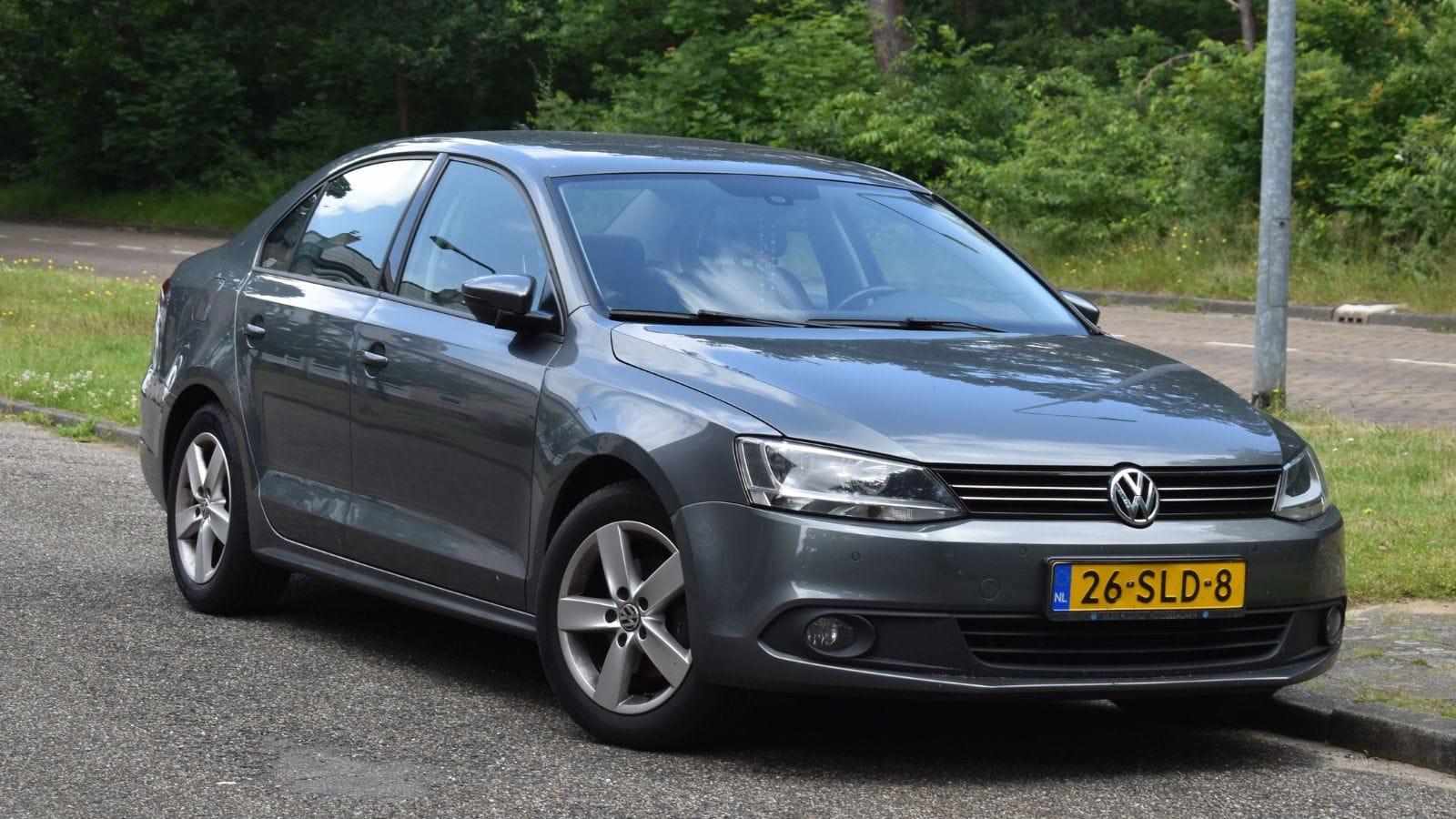
The Jetta remains a recognizable name, but entry-level versions miss out on the refined feel associated with the brand. The base engine offers mediocre performance, and cost-cutting in materials becomes evident inside. Ride quality is average, and tech features are stripped down. Problems with the infotainment system and squeaky interiors have been reported. Buyers expecting German engineering in every trim found the lower versions disappointing. While the Jetta still has loyal fans, those who picked the cheaper variants often feel they sacrificed too much in terms of comfort and engagement.
Honda HR-V (older models)
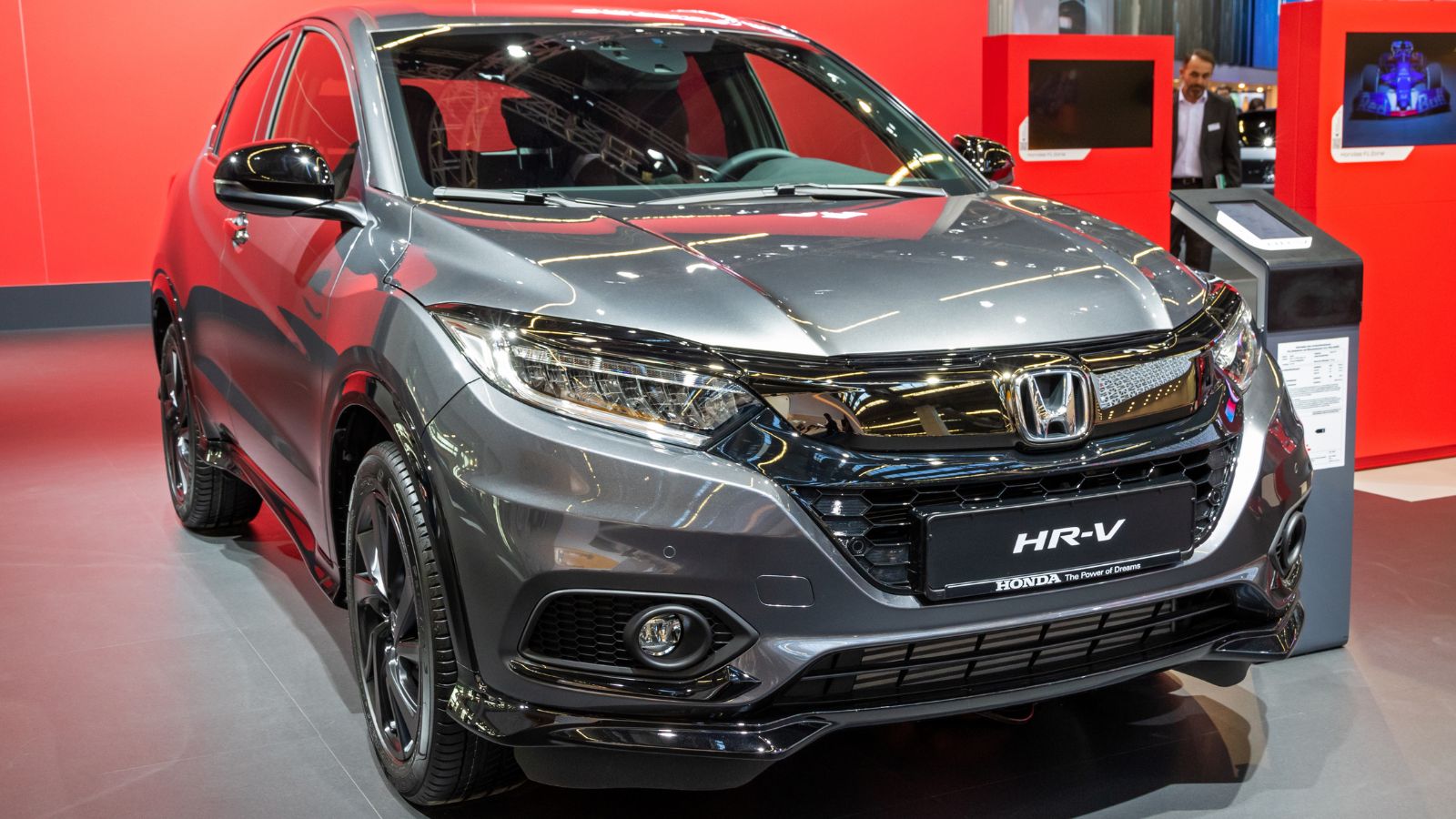
Early versions of the HR-V had innovative space utilization but struggled in key areas. The engine lacked punch, especially on hills or when loaded. The infotainment system lagged behind competitors, and the touch-sensitive controls were frustrating to use. Ride quality was firm, and road noise was more pronounced than expected. While it did offer decent fuel economy, the overall experience didn’t live up to Honda’s reputation for refinement.
Dodge Dart
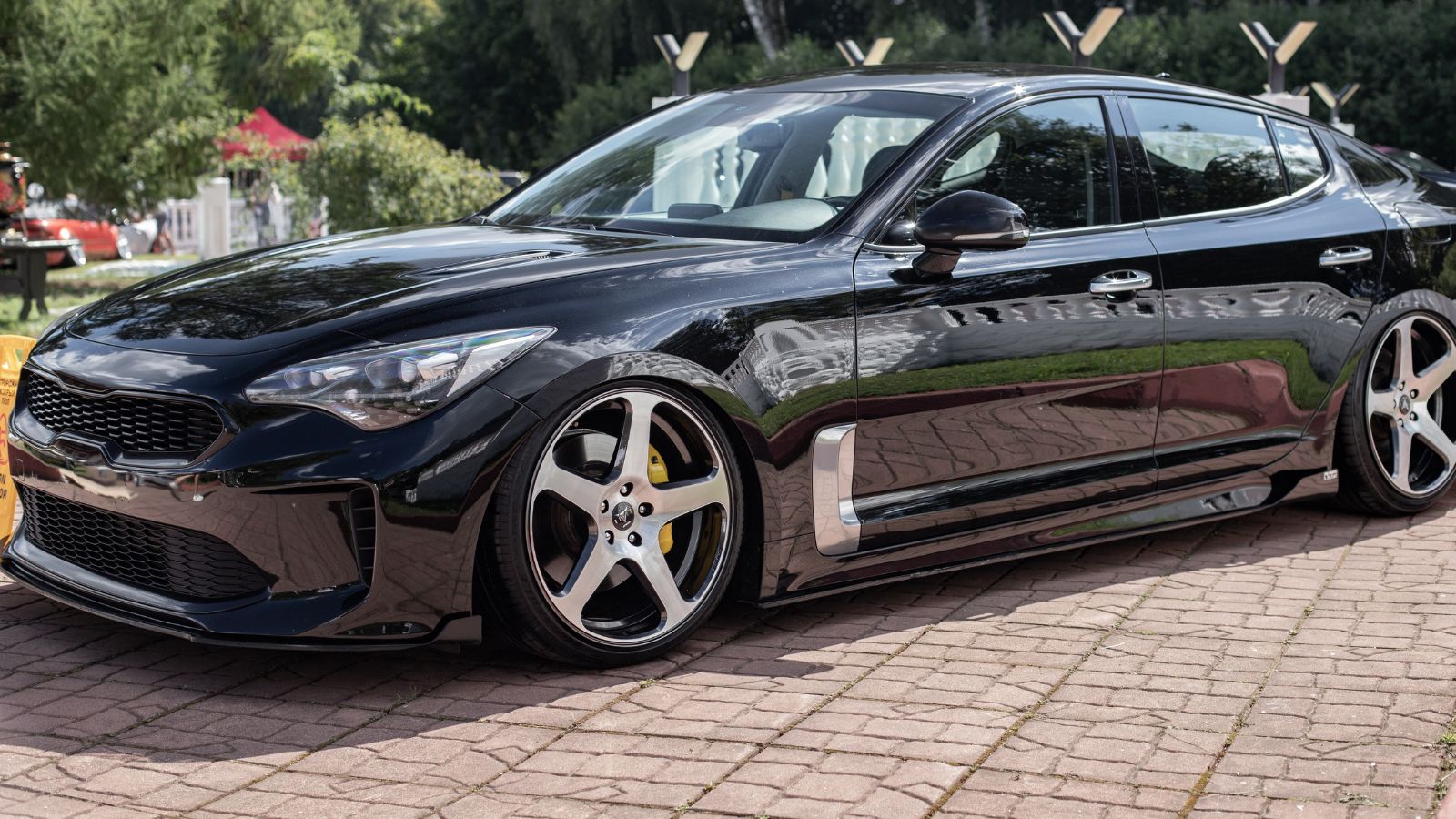
Marketed as a stylish compact with sporty undertones, the Dart failed to resonate with buyers over time. The engine lineup was uninspiring, and the six-speed transmission often felt sluggish. Reliability concerns, including electrical system failures, were frequently reported. The cabin felt dated soon after launch, and resale value tanked. Despite FCA’s efforts to appeal to younger drivers, the Dart never quite delivered on its promise. Many buyers who took a chance on it found themselves regretting the lack of long-term dependability and driving enjoyment.
Mazda CX-3
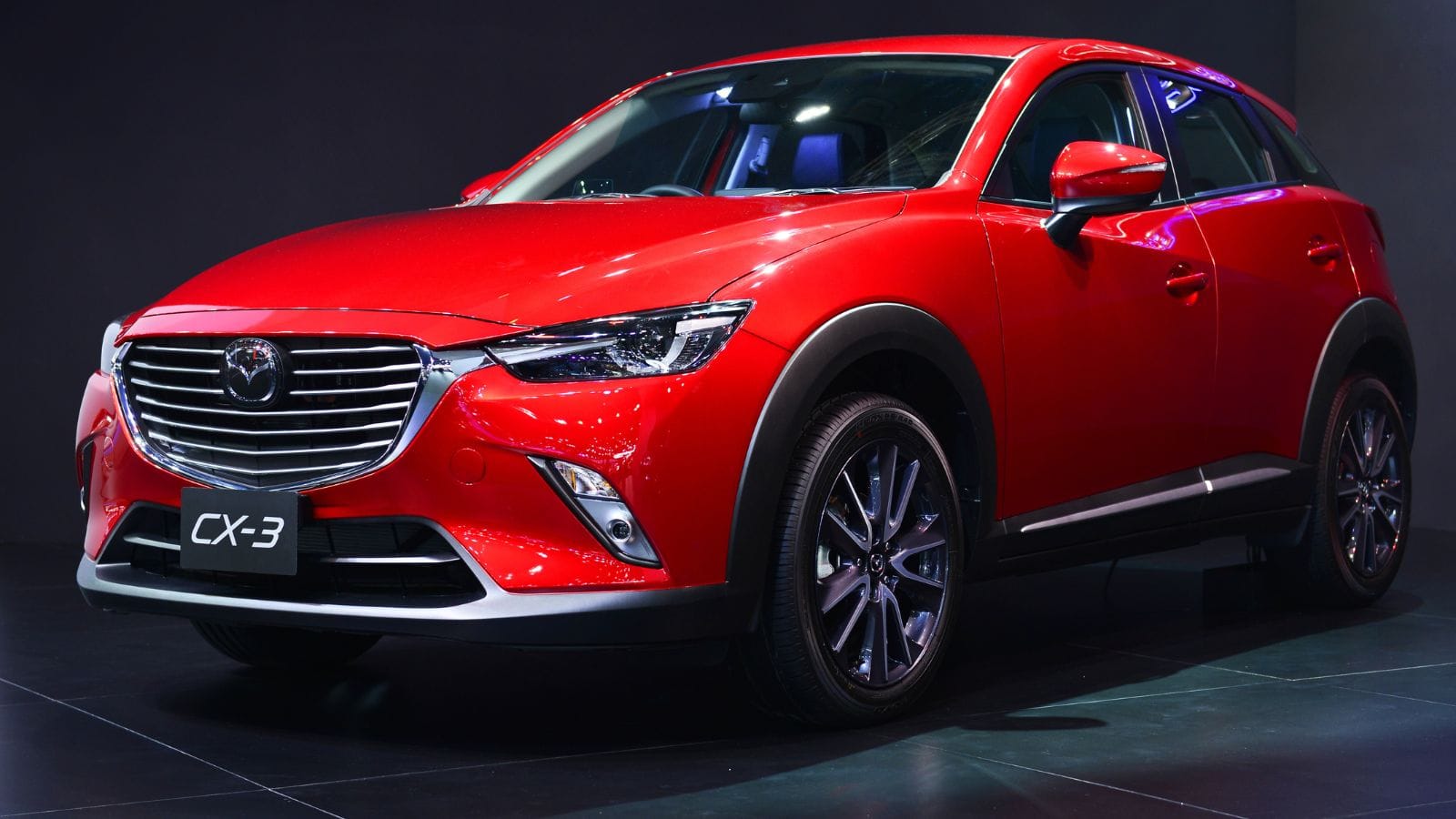
The CX-3 delivers Mazda’s trademark handling, but its tight interior and limited cargo space have led to regrets among owners needing more practicality. The rear seats are cramped, and the infotainment system can feel dated compared to rivals. Road noise is noticeable, and while the engine is peppy, it’s not well-suited for heavier loads. It appeals to solo drivers or couples but isn’t great for families. For those who chose it as a primary vehicle, its lack of space and everyday usability often became sources of regret.
Acura ILX
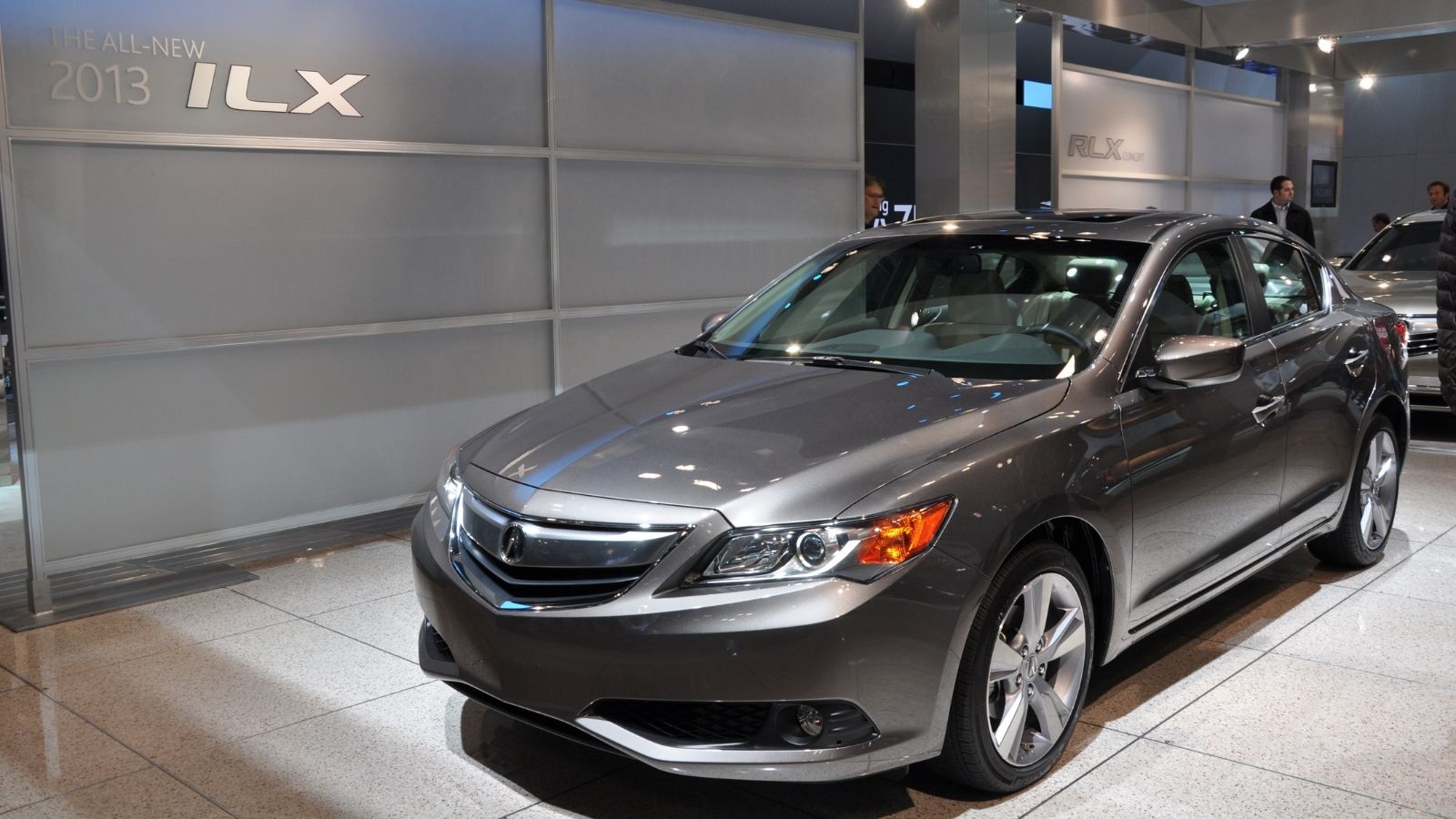
A premium badge can be misleading. The ILX is often criticized for being a dressed-up Civic with a luxury price tag. The engine is fine, but far from exciting, and the transmission tuning can be jerky. The interior, while upscale in parts, doesn’t justify the cost when compared to competitors. The tech suite feels behind the curve, and the ride isn’t as refined as expected in this segment. Many buyers who were drawn in by the Acura brand name ended up feeling shortchanged by what felt like an underwhelming luxury experience.
GMC Terrain (base trims)
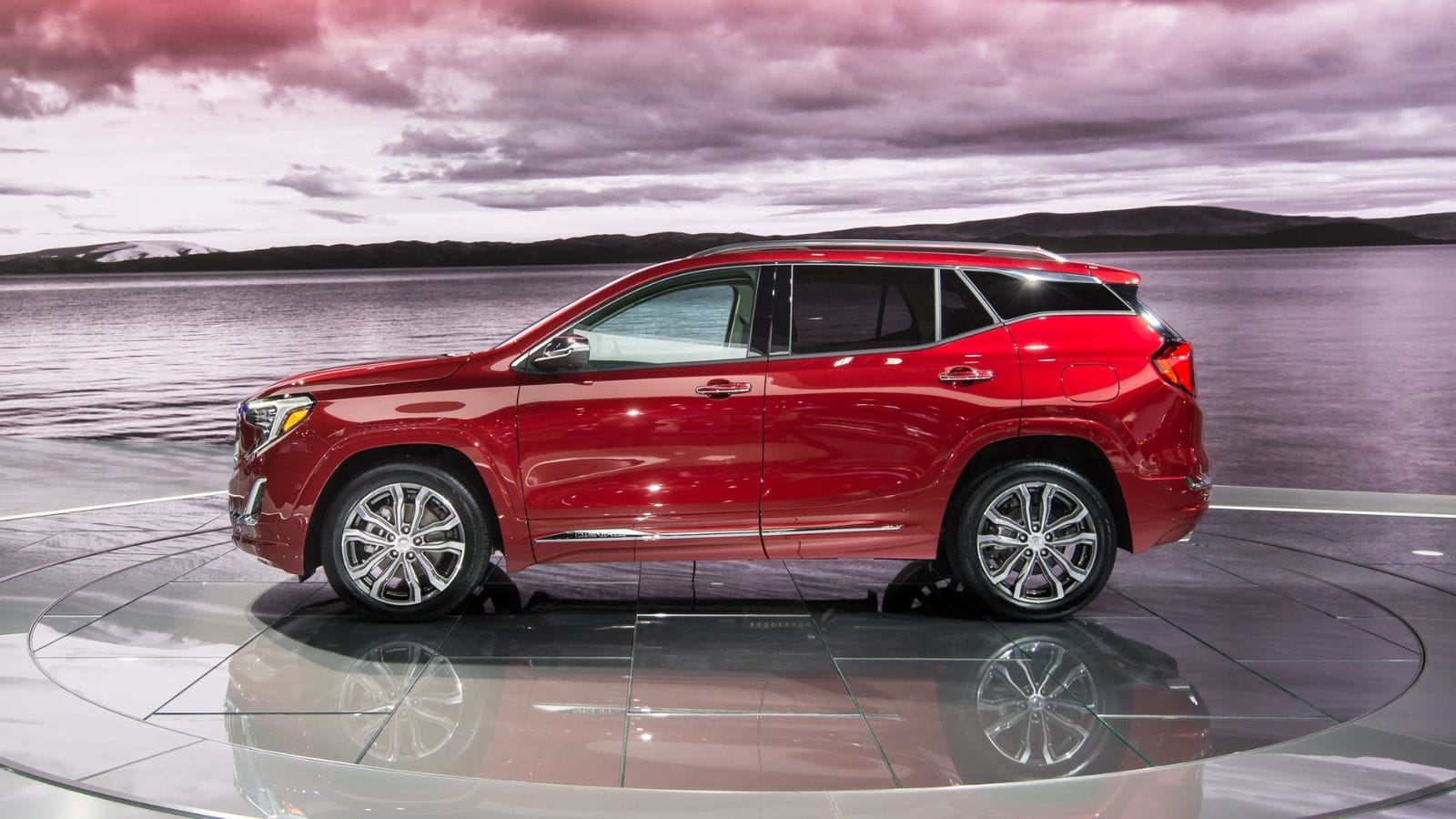
While the Terrain offers a bold look and smooth ride, base trims lack the features and refinement expected in the midsize SUV category. The engine can be noisy and sluggish, and cabin materials don’t always feel up to the price. Owners have also mentioned issues with touchscreen responsiveness and climate control quirks. It’s an SUV that looks impressive at first glance, but the day-to-day experience often leads to frustration. Those who opted for lower trims often wish they had explored competitors with better standard offerings.
